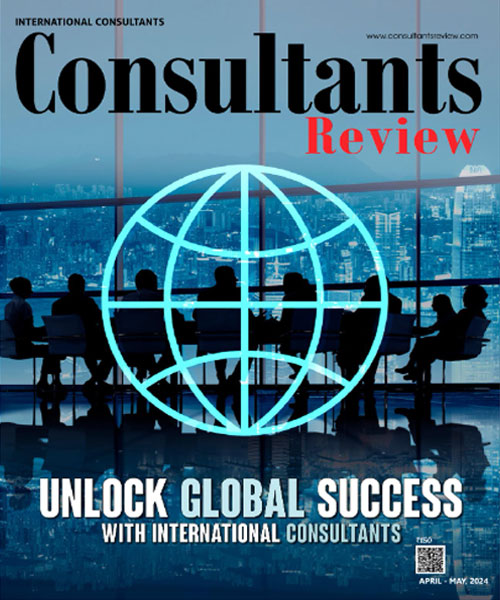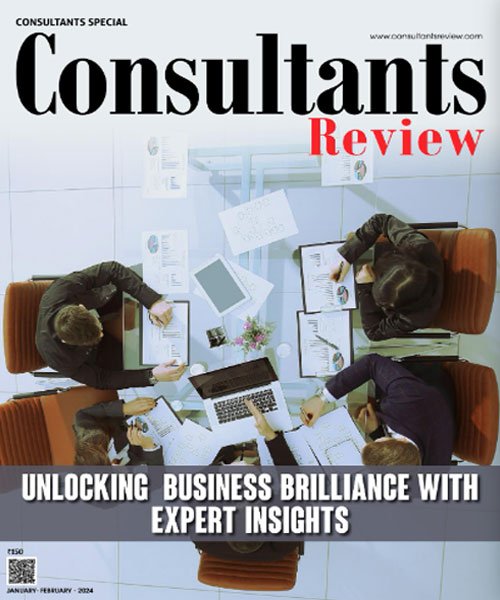Digital RoadMap: Making IT Work
By Naveen Bachwani, Founder & CEO, ThinkShop.in

Naveen Bachwani, Founder & CEO, ThinkShop.in
We have all come across staggering statistics of the Digital world. Every 60 seconds, we send or post more than 168 million emails, 11 million instant messages, 98,000 tweets and 695,000 Facebook updates. As a society, we share more content, from more sources, with more people, more often and more quickly. However, as organizations, we will need to understand the dynamics at play and harness these forces, before we can put it to work effectively.
Take the example of Retailing. While brick-and-mortar stores could always keep track of their inventory and know what was selling (and what was not), an online storefront enables the business to not only track what customers are buying, but also what else was considered during the buying process (cookies and server logs), what promotions influenced the outcome (ad impressions and banner optimization) and how other customers’ opinions helped or hurt the purchase (social media and comment analytics). A traditional business simply could not access such a vast repertoire of information, let alone act on it in a timely manner. So, how can you go about making the most of this new, world order? What constitutes success in the digital arena? Is there a roadmap you can follow?
What’s the Business Objective?
As technology-savvy as they may be, your customers do not spend all their lives online. That is why every online initiative must be rooted in business fundamentals, and focused on improving Customer Engagement – not merely chasing the latest fad or ‘killer app’. So, take the time to discuss your internals goals with the leadership team, and define a primary business need for your digital initiative. Are you trying to acquire new customers or address existing customers better? Are you focusing on improving profitability or reduce attrition? Is the goal an improved channel partner engagement or recall for the brand? At ThinkShop, we believe that a clear understanding of your business goal helps set the tone for your digital initiatives in a way that aligns them with internal processes and employee needs. And, that makes for sustainability and success.
Customer Centricity
Put your “customer” hat on, and think back to all the times you struggled with any product or service. More often than not, it wasn’t because the organization didn’t work out the chinks in a highly complex offering, but because the fundamentals were lacking. Customer Centricity, Customer Engagement, Customer Delight – call it what you may; it doesn’t do much if your organizational culture is focused on internal workings and challenges, and loses sight of who they are working for. When we roll out bad design in a product or service, we disregard the customer. When we up-sell or cross-sell irrelevant offers to our customers, we disregard their wants. When we include a plethora of unnecessary terms and conditions hidden away in fine print, we disregard their needs. Design matters. User Experience (UX) matters. So does listening to customer needs and trying your best to deliver on those needs. And, to do this, you need to be clear about your Primary Customer Target, so that you can align your efforts to that segment.
Digital Marketing = Digital + Marketing
Marketing is, essentially, about addressing customer needs in a relevant manner. And, Digital Marketing is no exception. You need to go where your customers are, and offer your product or service to them in a manner that they can identify with. Don’t make the mistake of assuming your customers look like you and behave like you do. The key is to understand their needs and wants, and try to offer a solution that best matches those needs – whether it is an NFC-based or contactless payment option, or simply reduced response times for an online help ticket.
A word of caution: It helps to have a sense of how your suppliers’ business model works. e.g. If your agency or platform of choice makes money based on the throughput of emails on your behalf, it has a monetary incentive to push for more emails and campaigns, at the cost of privacy or relevance. Remember, it is your reputation on the line, not theirs. So, choose wisely.
How Much Is Too Much?
It’s no surprise that we are inundated with data and marketing messages from all sides. Experts estimate that over 90 percent of all data was generated just in the last two years, and the rate of data creation is exploding each year.
In this crazy world, some social media and digital experts will have you believe that, if you want to ‘engage’ with your customers, you will need to embrace almost every social network out there, and churn out updates every hour, or publish new blog posts multiple times a month. But, where do we draw the line? And, who is reading all that content?
My advice: Don’t try to be everywhere at once. Instead, choose one or two modes of engagement that you think you can manage well, and start with that, to establish a two-way dialogue with your primary target audience.
Defining Success
Even before you begin the project, I recommend that you have clarity of what success (or failure) will look like for your technology initiative. Don’t forget to define a timeframe to achieve this goal and communicate it to key stakeholders.
What are the metrics that matter? Is it overall/unique visitors to your website? Or perhaps, number of online purchases? Or even, repeat visits vs dropouts? Think of the metrics you want to focus on, so you can capture relevant data from day one. Rinse and repeat for every new initiative or promotion. Finally, if all this is too overwhelming, or you don’t have the resources to manage it internally, it pays to hire a consultant who understands this space well, and the objectives your business is trying to achieve.








